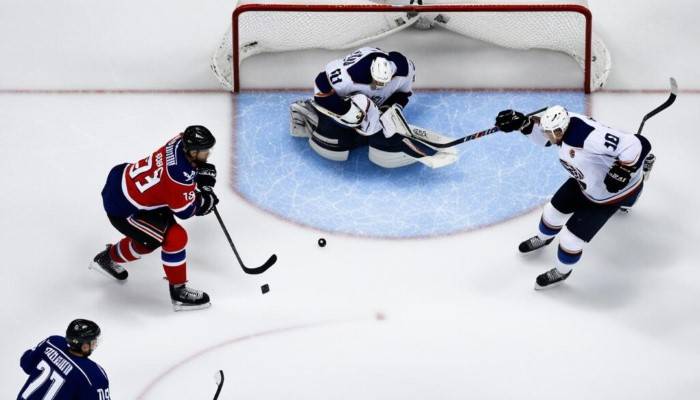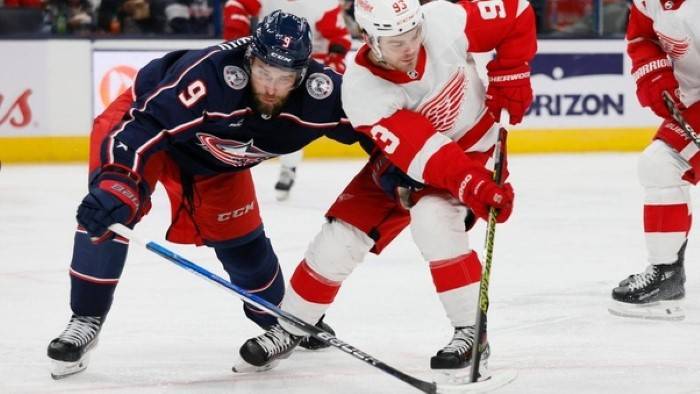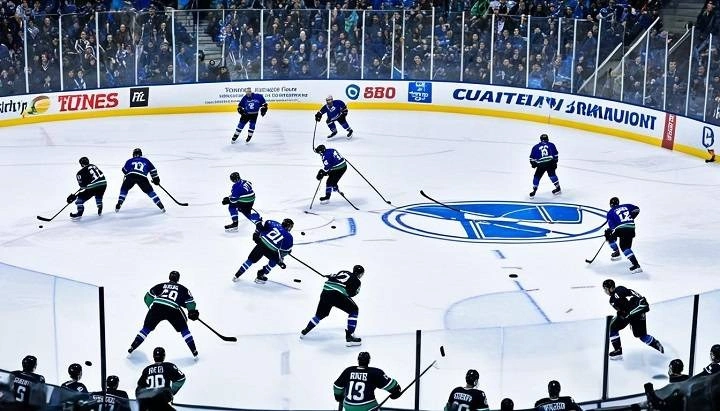Hockey, a thrilling and fast-paced sport beloved by millions worldwide, captures the hearts of fans with its intense action and strategic gameplay. One aspect that often raises questions among enthusiasts and newcomers alike is the duration of hockey games. In this comprehensive guide, we delve into every facet of hockey game length, from professional leagues to amateur competitions, providing a detailed overview to satisfy your curiosity.
Understanding Hockey Game Length

To grasp the duration of hockey games, it’s essential to explore various factors that influence their length. Whether you’re watching a National Hockey League (NHL) showdown or participating in a local tournament, understanding these elements will enhance your appreciation for the sport.
Regulation Play Duration:
- NHL and Professional Leagues: Regulation play in most professional hockey leagues consists of three periods, each lasting 20 minutes of gameplay.
- International Competitions: International hockey tournaments, such as the Olympics or World Championships, may have slightly different regulations but typically follow a similar structure of three 20-minute periods.
- Amateur and Recreational Leagues: The duration of games in amateur and recreational leagues can vary but often adhere to standard regulations of three periods lasting 15 to 20 minutes each.
Intermissions and Breaks:
- Between Periods: Intermissions between periods typically last around 15 to 20 minutes, allowing players to rest, coaches to strategize, and fans to enjoy entertainment.
- Commercial Breaks: Television broadcasts of hockey games include additional commercial breaks, contributing to the overall length of the viewing experience.
Overtime and Shootouts:
- Overtime: If a game is tied at the end of regulation play, overtime periods may follow, each lasting a specified duration, often 5 or 10 minutes, depending on the league.
- Shootouts: In some leagues, if a winner is not determined after overtime, a shootout may occur, adding further excitement and extending the duration of the game.
Factors Affecting Game Length

Several factors can influence the duration of hockey games, contributing to variations in playtime across different leagues and competitions.
Stoppage Time:
- Stoppage time occurs when play is halted due to penalties, injuries, or other interruptions, prolonging the overall duration of the game.
- Referees and officials manage stoppage time to ensure fair play and address any issues that arise during gameplay.
Pace of Play:
- The pace of play can vary based on the skill level of the teams, coaching strategies, and game situations, affecting the overall length of the game.
- Fast-paced games with minimal stoppages may conclude more quickly, while slower-paced matches with frequent interruptions can extend the duration.
Television Broadcasts:
- Television broadcasts of hockey games often include additional breaks for commercials, analysis, and replays, extending the overall viewing time compared to attending a live game.
Playoff and Championship Games:
- Playoff and championship games may feature extended durations due to their high stakes and potential for overtime periods or shootouts to determine the winner.
The duration of hockey games varies depending on the league, regulations, and game situations. Whether you’re a die-hard fan following your favorite team or a newcomer exploring the sport for the first time, understanding the factors that influence game length enhances your overall experience. From regulation play to overtime periods and shootouts, each aspect contributes to the excitement and drama that make hockey such a captivating sport to watch and play. So, the next time you tune in to watch a hockey game, you’ll have a deeper appreciation for the ebb and flow of gameplay and the thrill of every moment on the ice.


